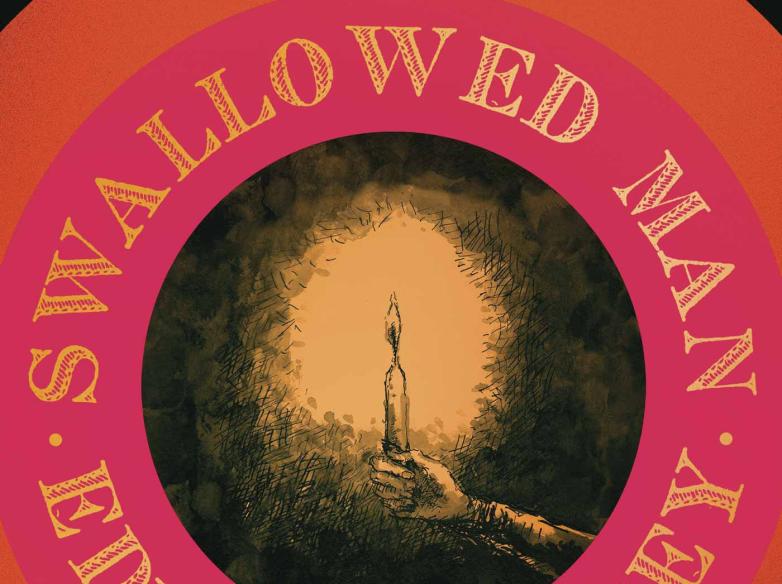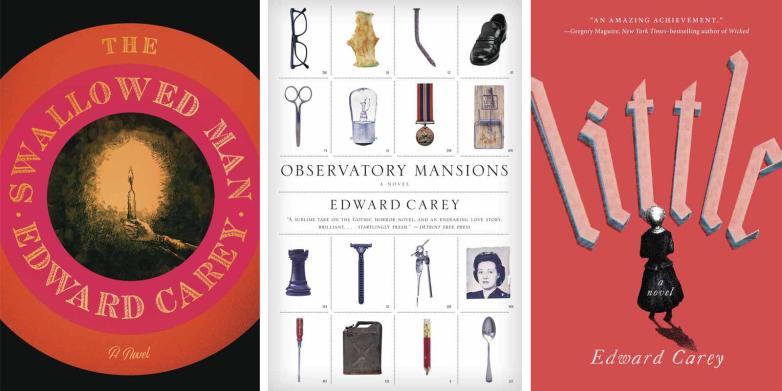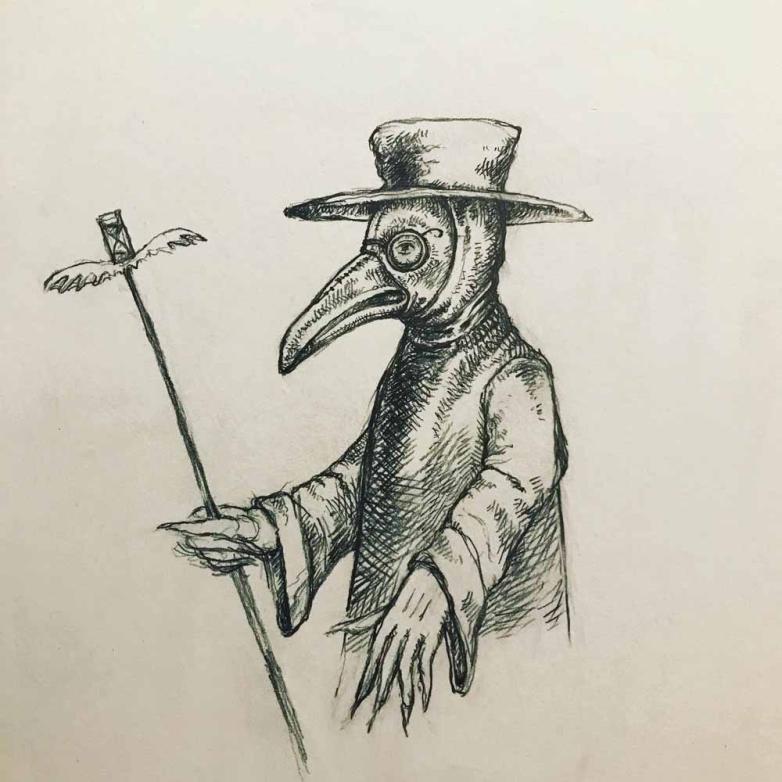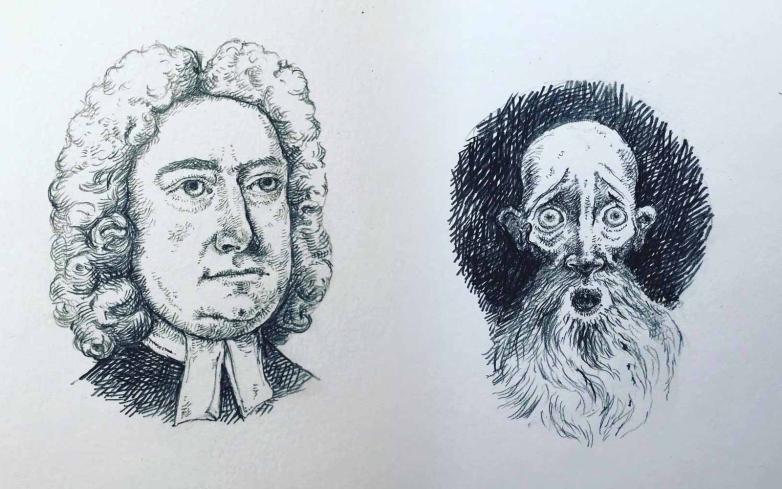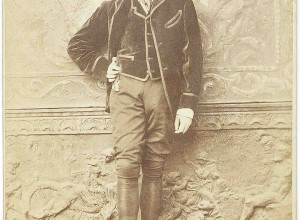He took that even further for his latest book, The Swallowed Man. Inspired by Carlo Collodi’s The Adventures of Pinocchio, the novel follows puppeteer Geppetto during the two years he spent trapped in the belly of the Terrible Dogfish, a huge sea creature.
Carey tried to imagine how Geppetto might have occupied his time while living in the monster’s stomach. “What art would he make?” Carey recalled thinking. “He was an artist. He would have to make art for two years.”
Regular ink wouldn’t be readily available, Carey reasoned, so Geppetto would have had to improvise. And then the inspiration hit him: “Of course, squid ink! So I bought some squid ink and drew with it. And I can’t grow a beard, but I thought he would have a huge beard, and he would have to make his paint brushes out of beard hair. So I went to a hirsute friend and asked for some of his beard hair, and he was very obliging.”




